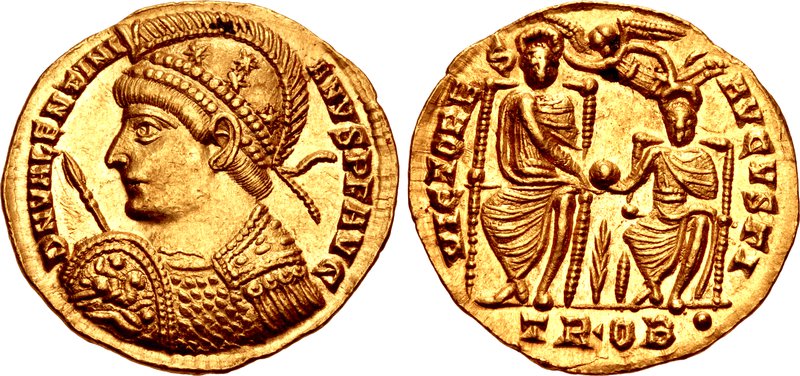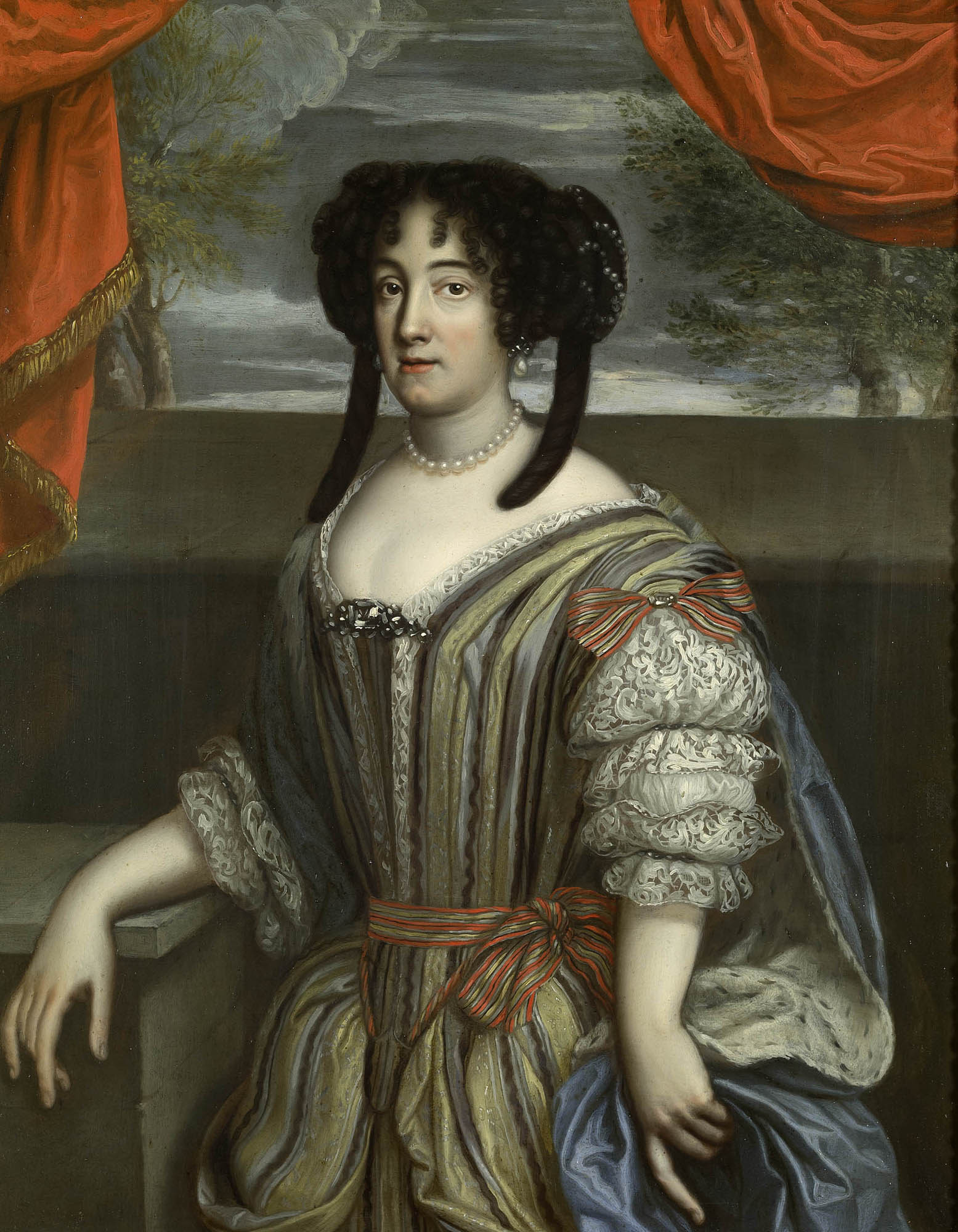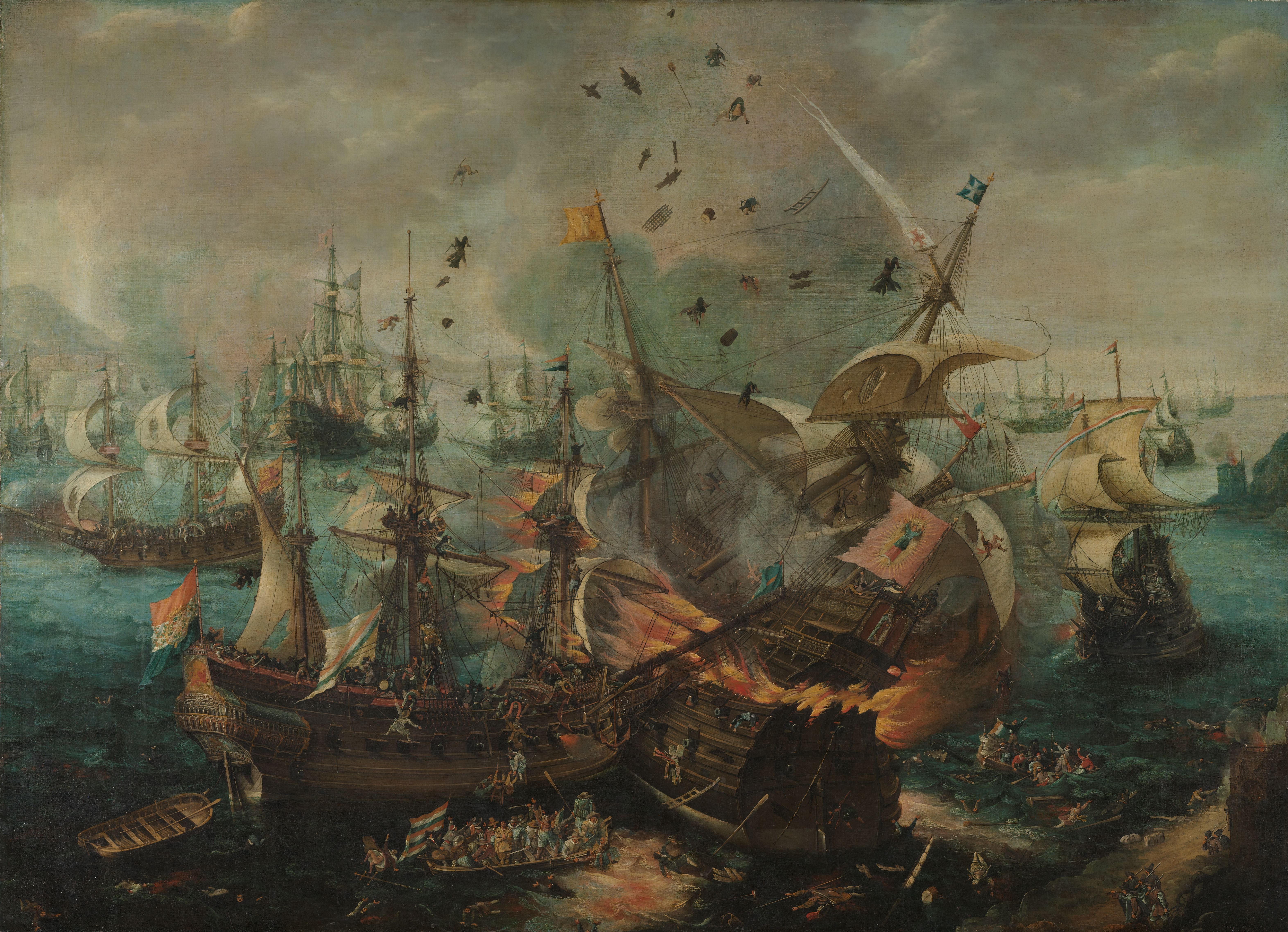|
January 19
Events Pre-1600 * 379 – Emperor Gratian elevates Flavius Theodosius at Sirmium to ''Augustus'', and gives him authority over all the eastern provinces of the Roman Empire. * 649 – Conquest of Kucha: The forces of Kucha surrender after a forty-day siege led by Tang dynasty general Ashina She'er, establishing Tang control over the northern Tarim Basin in Xinjiang. * 1419 – Hundred Years' War: Rouen surrenders to Henry V of England, completing his reconquest of Normandy. *1511 – The Italian Duchy of Mirandola surrenders to the Pope. * 1520 – Sten Sture the Younger, the Regent of Sweden, is mortally wounded at the Battle of Bogesund and dies on February 3. 1601–1900 * 1607 – San Agustin Church in Manila is officially completed; it is the oldest church still standing in the Philippines. * 1639 – Hämeenlinna ( sv, Tavastehus) was granted privileges after it separated from the Vanaja parish as its own city in Tavastia. * 1764 &n ... [...More Info...] [...Related Items...] OR: [Wikipedia] [Google] [Baidu] |
Gratian
Gratian (; la, Gratianus; 18 April 359 – 25 August 383) was emperor of the Western Roman Empire from 367 to 383. The eldest son of Valentinian I, Gratian accompanied his father on several campaigns along the Rhine and Danube frontiers and was raised to the rank of ''Augustus'' in 367. Upon the death of Valentinian in 375, Gratian took over government of the west while his half-brother Valentinian II was also acclaimed emperor in Pannonia. Gratian governed the western provinces of the empire, while his uncle Valens was already the emperor over the east. Gratian subsequently led a campaign across the Rhine, attacked the Lentienses, and forced the tribe to surrender. That same year, the eastern emperor Valens was killed fighting the Goths at the Battle of Adrianople, which led to Gratian elevating Theodosius to replace him in 379. Gratian favoured Nicene Christianity over traditional Roman religion, issuing the Edict of Thessalonica, refusing the office of '' pontifex maximus ... [...More Info...] [...Related Items...] OR: [Wikipedia] [Google] [Baidu] |
1520
__NOTOC__ Year 1520 ( MDXX) was a leap year starting on Sunday (link will display the full calendar) of the Julian calendar. Events January–June * January 19 – King Christian II of Denmark and Norway defeats the Swedes, at Lake Åsunden in Sweden. The Swedish regent Sten Sture the Younger is mortally wounded in the battle. He is rushed towards Stockholm, in order to lead the fight against the Danes from there, but dies from his wounds on February 3. * April 16 – Revolt of the Comuneros: Citizens of Toledo, Castile opposed to the rule of the Flemish-born Charles V, Holy Roman Emperor, rise up when the royal government attempts to unseat radical city councilors. * June – Moctezuma II, Aztec ruler of Tenochtitlan, is declared deposed due to his captivity by conquistador Hernán Cortés. His brother Cuitláhuac rises to the throne. * June 7 – King Henry VIII of England and King Francis I of France meet at the famous Field of the Cloth of ... [...More Info...] [...Related Items...] OR: [Wikipedia] [Google] [Baidu] |
John Wilkes
John Wilkes (17 October 1725 – 26 December 1797) was an English radical journalist and politician, as well as a magistrate, essayist and soldier. He was first elected a Member of Parliament in 1757. In the Middlesex election dispute, he fought for the right of his voters—rather than the House of Commons—to determine their representatives. In 1768, angry protests of his supporters were suppressed in the Massacre of St George's Fields. In 1771, he was instrumental in obliging the government to concede the right of printers to publish verbatim accounts of parliamentary debates. In 1776, he introduced the first bill for parliamentary reform in the British Parliament. During the American War of Independence, he was a supporter of the American rebels, adding further to his popularity with American Whigs. In 1780, however, he commanded militia forces which helped put down the Gordon Riots, damaging his popularity with many radicals. This marked a turning point, leadi ... [...More Info...] [...Related Items...] OR: [Wikipedia] [Google] [Baidu] |
1764
1764 ( MDCCLXIV) was a leap year starting on Sunday and is the fifth year of the 1760s decade, the 64th year of the 18th century, and the 764th year of the 2nd millennium. Events January–June * January 7 – The Siculicidium is carried out as hundreds of the Székely minority in Transylvania are massacred by the Austrian Army at Madéfalva. * January 19 – John Wilkes is expelled from the House of Commons of Great Britain, for seditious libel. * February 15 – The settlement of St. Louis is established. * March 15 – The day after his return to Paris from a nine-year mission, French explorer and scholar Anquetil Du Perron presents a complete copy of the Zoroastrian sacred text, the '' Zend Avesta'', to the ''Bibliothèque Royale'' in Paris, along with several other traditional texts. In 1771, he publishes the first European translation of the ''Zend Avesta''. * March 17 – Francisco Javier de la Torre arrives in Manila to become the ... [...More Info...] [...Related Items...] OR: [Wikipedia] [Google] [Baidu] |
Tavastia (historical Province)
Tavastia ( non, Tafæistaland; sv, Tavastland; fi, Häme; Old Russian ''Ямь'' or ''Емь'') is a historical province in the south of Finland. It borders Finland Proper, Satakunta, Ostrobothnia, Savonia and Uusimaa. Administration From 1997 to 2010 Tavastia was divided between the administrative provinces of Southern Finland and Western Finland. However, these provinces have been abolished, and Tavastia is now divided among five regions of Finland: mainly Tavastia Proper (Kanta-Häme), Päijänne Tavastia and Central Finland with smaller parts in Pirkanmaa and Kymenlaakso. Tavastia is the Latin name for the Tavastia Proper. Today the area is called Häme region and it is located in the southwestern section of the historical Tavastia province. History The prehistoric era of Tavastia can be said to end with the Second Swedish Crusade in 1239 or 1249, when it became part of Sweden. The construction of the Häme castle began in the 1260s, on the orders of Birger J ... [...More Info...] [...Related Items...] OR: [Wikipedia] [Google] [Baidu] |
Vanaja (Finland)
Vanaja is a former municipality of Finland. It was located in Tavastia Proper about north of Helsinki. It is also speculated that it might have been the name for an Iron Age and early Middle Ages settlement found opposite to the Häme Castle. Iron Age Finnish settlement Vanaja is a name commonly used about the excavation site of an Iron Age settlement in central Tavastia, Finland, opposite to the later Häme Castle in Varikonniemi. According to some interpretations it was a proto-urban settlement, but this is contested. The settlement existed roughly during the 6th to 13th centuries. It is possibly the "town of Vanai" mentioned once in a Novgorod chronicle that describes how it was destroyed by Novgorodian forces in 1311 CE. It has been suggested that the site was abandoned after the attack. As another possible result from the war, the present-day Häme Castle was built on the opposite shore of the Vanajavesi lake soon (some researchers, however, have dated the earliest b ... [...More Info...] [...Related Items...] OR: [Wikipedia] [Google] [Baidu] |
Privilege (law)
A privilege is a certain entitlement to immunity granted by the state or another authority to a restricted group, either by birth or on a conditional basis. Land-titles and taxi medallions are examples of transferable privilege – they can be revoked in certain circumstances. In modern democratic states, a ''privilege'' is conditional and granted only after birth. By contrast, a '' right'' is an inherent, irrevocable entitlement held by all citizens or all human beings from the moment of birth. Various Examples of old common law privilege still exist – to title deeds, for example. Etymologically, a privilege (''privilegium'') means a "private law", or rule relating to a specific individual or institution. The principles of conduct that members of the legal profession observe in their practice are called legal ethics. Boniface's abbey of Fulda, to cite an early and prominent example, was granted '' privilegium'', setting the abbot in direct contact with the pope, bypassin ... [...More Info...] [...Related Items...] OR: [Wikipedia] [Google] [Baidu] |
Hämeenlinna
Hämeenlinna (; sv, Tavastehus; krl, Hämienlinna; la, Tavastum or ''Croneburgum'') is a city and municipality of about inhabitants in the heart of the historical province of Tavastia and the modern province of Kanta-Häme in the south of Finland. Hämeenlinna is the oldest inland city of Finland and was one of the most important Finnish cities until the 19th century. It remains an important regional center. The medieval Häme Castle (also ''Tavastia Castle''; fi, Hämeen linna) is located in the city. Hämeenlinna is known as the birthplace of Finnish national composer Jean Sibelius. Today, it belongs to the region of Tavastia Proper (Kanta-Häme), and before 2010 it was the residence city for the Governor of the province of Southern Finland. Nearby cities include the capital Helsinki (), Tampere () and Lahti (), the regional center of Päijänne Tavastia (Päijät-Häme). The neighboring municipalities of Hämeenlinna are Akaa, Asikkala, Hattula, Hausjärvi, Hol ... [...More Info...] [...Related Items...] OR: [Wikipedia] [Google] [Baidu] |
1639
Events January–March * January 14 – Connecticut's first constitution, the Fundamental Orders, is adopted. * January 19 – Hämeenlinna ( sv, Tavastehus) is granted privileges, after it separates from the Vanaja parish, as its own city in Tavastia. *c. January – The first printing press in British North America is started in Cambridge, Massachusetts, by Stephen Daye. * February 18 – In the course of the Eighty Years' War, a sea battle is fought in the English Channel off of the coast of Dunkirk between the navies of the United Provinces of the Netherlands, with 12 warships, and Spain, with 12 galleons and eight other ships. The Spanish are forced to flee after three of their ships are lost and 1,600 Spaniards killed or injured, while the Dutch sustain 1,700 casualties without the loss of a ship. * March 3 – The early settlement of Taunton, Massachusetts, is incorporated as a town. * March 13 – Harvard University is named for c ... [...More Info...] [...Related Items...] OR: [Wikipedia] [Google] [Baidu] |
Philippines
The Philippines (; fil, Pilipinas, links=no), officially the Republic of the Philippines ( fil, Republika ng Pilipinas, links=no), * bik, Republika kan Filipinas * ceb, Republika sa Pilipinas * cbk, República de Filipinas * hil, Republika sang Filipinas * ibg, Republika nat Filipinas * ilo, Republika ti Filipinas * ivv, Republika nu Filipinas * pam, Republika ning Filipinas * krj, Republika kang Pilipinas * mdh, Republika nu Pilipinas * mrw, Republika a Pilipinas * pag, Republika na Filipinas * xsb, Republika nin Pilipinas * sgd, Republika nan Pilipinas * tgl, Republika ng Pilipinas * tsg, Republika sin Pilipinas * war, Republika han Pilipinas * yka, Republika si Pilipinas In the recognized optional languages of the Philippines: * es, República de las Filipinas * ar, جمهورية الفلبين, Jumhūriyyat al-Filibbīn is an archipelagic state, archipelagic country in Southeast Asia. It is situated in the western Pacific Ocean and consists of aro ... [...More Info...] [...Related Items...] OR: [Wikipedia] [Google] [Baidu] |
San Agustin Church (Manila)
San Agustin Church ( fil, Simbahan ng San Agustin, es, Iglesia de San Agustín), also known as the Archdiocesan Shrine of Our Lady of Consolation and Cincture ( es, link=no, Santuario Arquidiocesano de Nuestra Señora de la Consolación y Correa) or the Immaculate Conception Parish ( fil, link=no, Parokya ng Imakulada Conception, es, link=no, Parroquia de la Inmaculada Concepción), is a Roman Catholic church under the auspices of the Order of St. Augustine (Province of the Most Holy Name of Jesus of the Philippines) located inside the historic walled city of Intramuros in Manila. Completed in 1607, it is the oldest stone church in the country. In 1993, San Agustin Church was one of four Philippine churches constructed during the Spanish colonial period to be designated as a World Heritage Site by UNESCO, under the collective title ''Baroque Churches of the Philippines''. It was named a National Historical Landmark by the Philippine government in 1976. History San Agustin ... [...More Info...] [...Related Items...] OR: [Wikipedia] [Google] [Baidu] |
1607
Events January–June * January 13 – The Bank of Genoa fails, after the announcement of national bankruptcy in Spain. * January 19 – San Agustin Church, Manila, is officially completed; by the 21st century it will be the oldest church in the Philippines. * January 30 – A massive wave sweeps along the Bristol Channel, possibly a tsunami, killing 2,000 people. * February 24 – Claudio Monteverdi's ''L'Orfeo'', the earliest fully developed opera in the modern-day repertoire, premieres at the Ducal Palace of Mantua. * March 10 – Battle of Gol in Gojjam: Susenyos defeats the combined armies of Yaqob and Abuna Petros II, which makes him Emperor of Ethiopia. * April 25 – Battle of Gibraltar: A Dutch fleet destroys a Spanish fleet anchored in the Bay of Gibraltar. * April 26 – English colonists make landfall at Cape Henry, Virginia, later moving up the James River. * May 14 – Jamestown, Virginia, is established as the first p ... [...More Info...] [...Related Items...] OR: [Wikipedia] [Google] [Baidu] |







